There’s nothing more environment-friendly than rickshaws as far as transportation goes. It gets you from A to B (albeit a short A to B) faster than your two feet could ever carry you. It doesn’t cause more atmospheric stress than your typical gas-guzzling conveyance; and it provides livelihood for locals who would otherwise do nothing but kill time ogling at tourists parading around like flying dollar bills.
Plus, rickshaws make for interesting side notes as far as cultural heritage goes.
Southeast Asia, where transport is as colorful as cuisine, is where most of these contraptions can be found, roaming back streets and snagging (unsuspecting) passengers for a (wild) ride. Whereas the West has only recently latched on to this green trend, Southeast Asia has long been riding this bandwagon, it being a region where people need to get creative to eke out a living.
Below is a collection of each country’s version of rickshaw, modified to suit local safety standards, cultural context and weather conditions. Despite differences in appearance, however, rickshaws generally seat two people (because in the Philippines, when push comes to shove, rickshaws can seat three), are far cheaper than cabs, and their drivers are more than willing to be tour guides to leg-weary tourists.
The Philippines’ “Padyak”
Frivolously known as “padyak” (to push pedal) and more formally known as “traysikad”, the Philippine rickshaw is assembled such that the driver sits on the left side of the passengers. The “padyak” is rather diminutive, easily crushed and intimidated by bigger conveyances. To avoid road fatalities, operation of “padyak” is only limited to back streets and roads of slow-moving traffic, and quite helpful in cases when one is running late, one is carrying luggage, rain is about to pour, or when walking under the heat is unbearable.
Thailand’s “Samlor”
(Photo by Akuppa)
The green, non-motorized version of noisy “tuktuk”, “samlor” refers to both any three-wheeled vehicle (as it literally means “three wheels”) and the person driving it. Allowed to roam the side streets of Bangkok, “samlors” are a more common sight in Thai provinces. Unlike the “padyak”, bicycle taxis in Southern Thailand often have drivers on the right. North of Bangkok, “samlors” drive up front.
Indonesian “Becak”
(Photo by Soham Banerjee)
Jakarta once teemed with this traditional transport, but due to congestion they cause, “becaks” have been banned in the capital’s major thoroughfares (“becaks” still exist, but rarely). Outside of the capital city, like in Yogyakarta, “becaks” are still favored mode of transport, especially for a tourist wanting to cover more ground at a leisurely pace without expending energy reserves and without paying exorbitant amounts to be driven around. Unlike the Philippine “padyak”, a “becak” is driven from behind.
Malaysian “Beca”

In an interesting turn of the wheel, Malaysian “beca” is not driven the way Filipinos or Indonesians would of their rickshaws. The Malaysian version has the driver seated up front, with the passengers directly behind the former’s rear trajectory. “Becas” are more appropriate in the colonial district of Penang and less so in the gridlocked streets of Kualu Lumpur.
Vietnam’s “Cyclo”
A passenger could either feel like a monarch driven around for a tour, or an ambulatory patient slowly pushed around for a leisurely appointment in the Vietnamese version of bicyle taxis. Pronounced “seek-lo”, this Vietnamese contraption seats one passenger with the driver pedaling from behind. More than passengers, however, “cyclos” are notorious for transporting queen-sized bedroom effects to squealing swine, making the Philippine “padyak” with all the overloaded luggage look like a sissy.
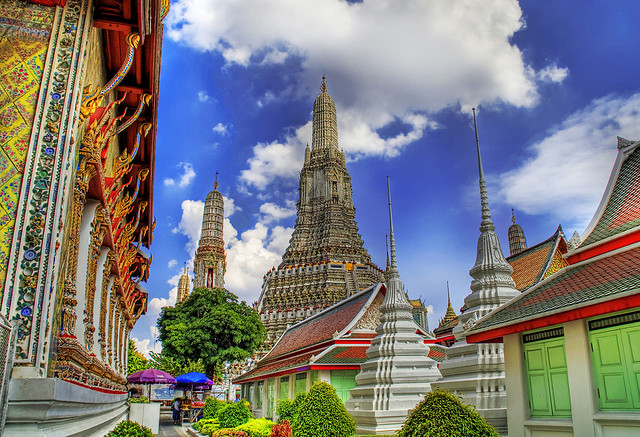
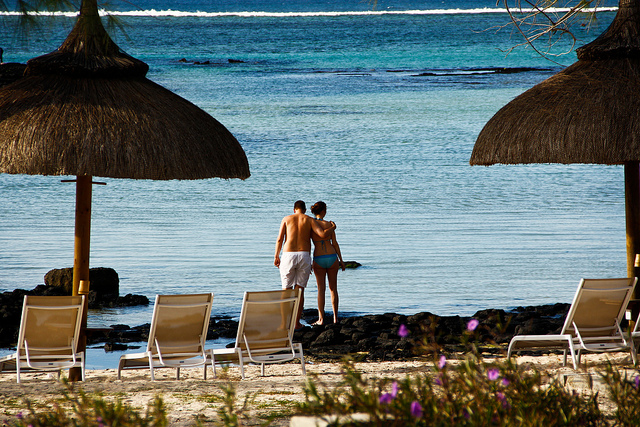
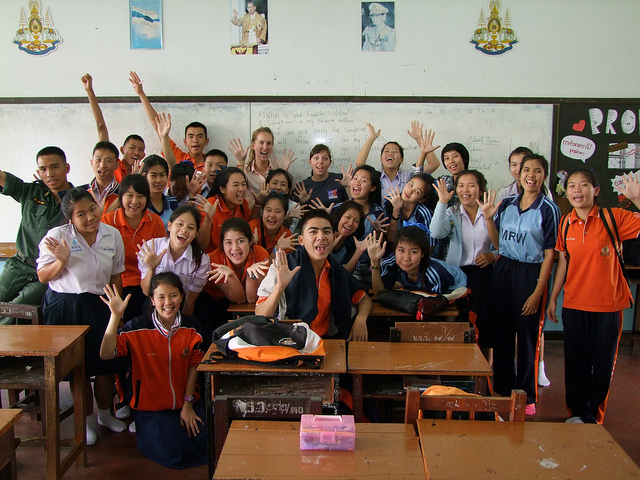
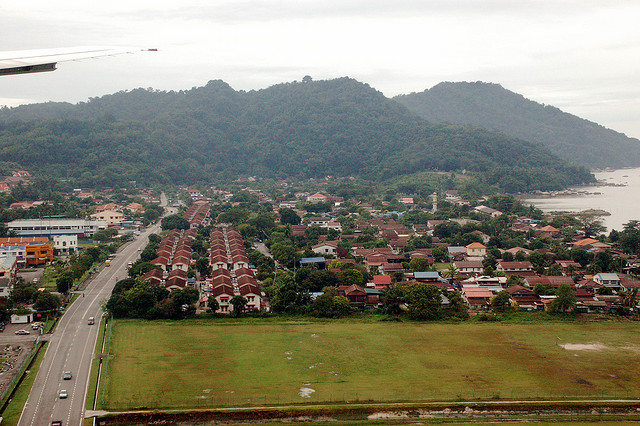
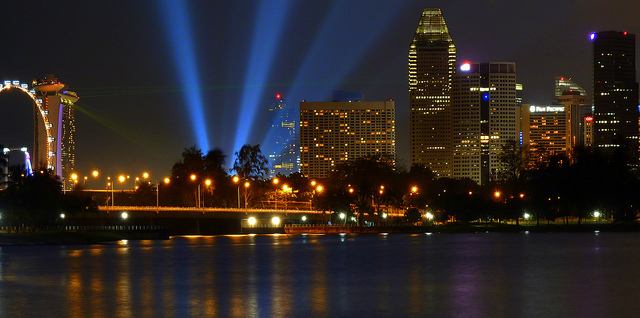
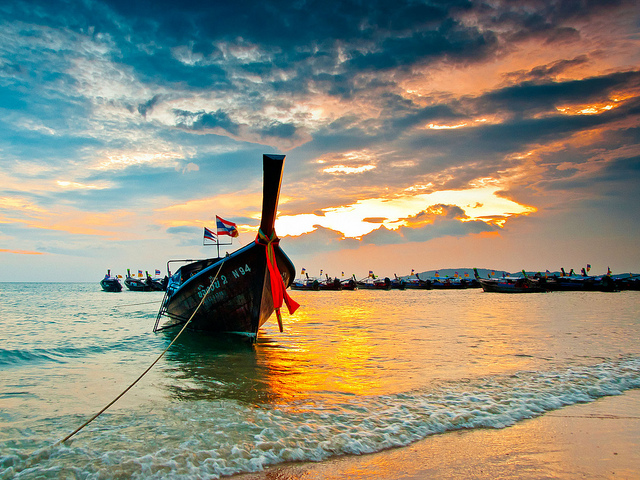
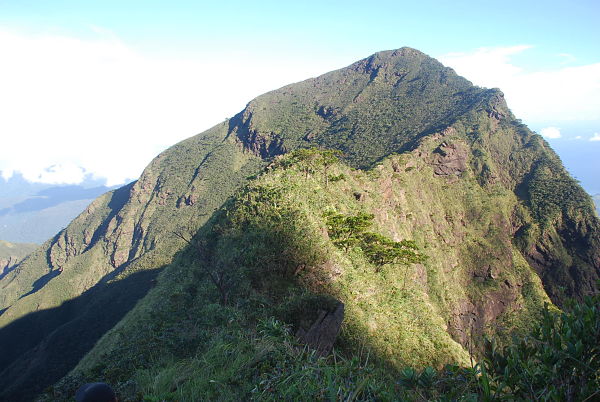
Quentin Tarantino himself got to go on a trisikad when he was last here. That was rather hilarious, but pretty awesome.